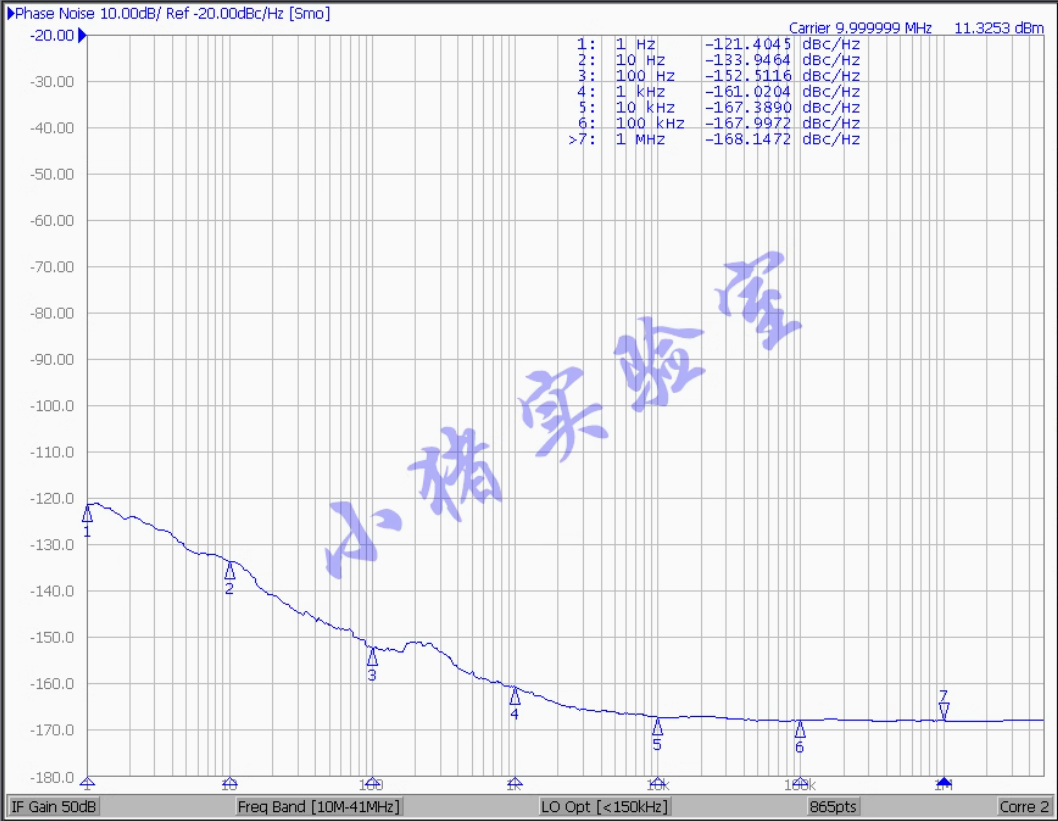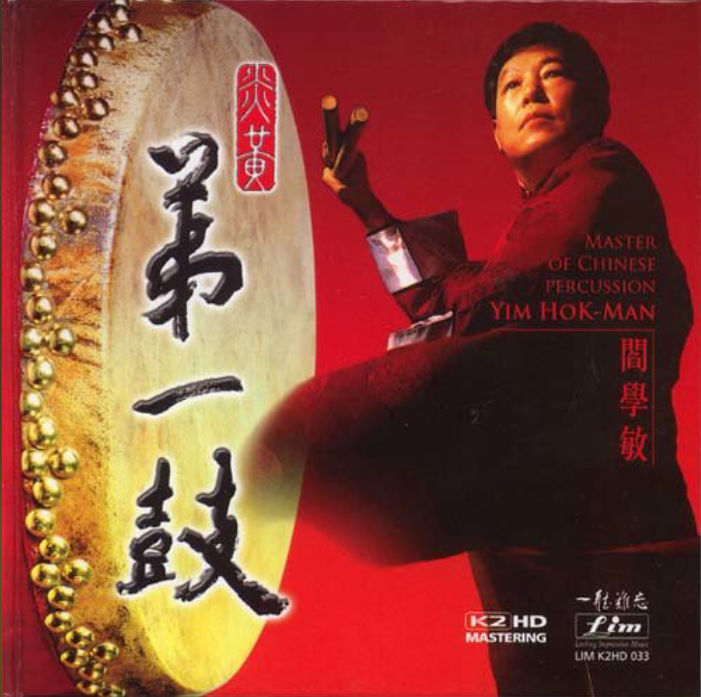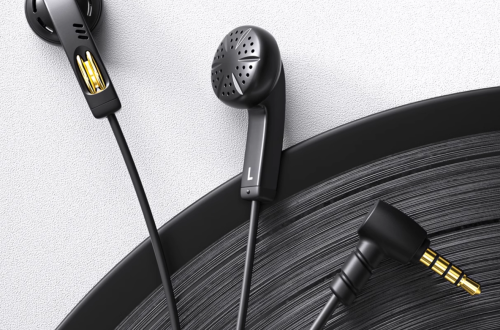
HIFI Diary: Xiaozhu Super Low Noise 10M Master Clock Sound Quality Review
I. Introduction
One of the big trends at the start of the year is how audiophiles, after diving deep into the four main components (source, DAC, preamp, and power amp), start geeking out over stuff they once thought was too niche. We’re talking cables, power supplies, vibration control, and even clocks. Yeah, clocks. The blog owner isn’t afraid to dive into this topic, even though it’s sparked endless debates among HIFI fans. People throw around terms from electronics, physics, and even psychology to argue whether clocks make a difference. But at the end of the day, it’s all about what you hear and feel. Using a bunch of technical jargon to “prove” how music should sound? Kinda ridiculous, right? Nobody listens to music with their brain—it’s all about the ears.
Sure, the blog owner loves science and tech, but they’re not a hardcore “theory-only” person. There’s always more to learn, and some things just can’t be explained (yet) with current knowledge or tools. That’s why reviews here always balance theory with real-world listening. After all, human knowledge has gaps, but your ears don’t lie.
Now, let’s get to the point. This time, we’re checking out a popular DIY clock from a well-known domestic maker, Xiaozhu. Shoutout to a friend who sent it over for testing—this is the budget version, with a phase noise of -110. Even though it’s the cheaper option, it outperforms the clock accuracy in most domestic decoders and digital players in the 10k yuan range. So, for most people, adding this to your setup should give you a noticeable upgrade.
Regular readers know this blog doesn’t usually drop purchase links. But this time, we’re making an exception for Xiaozhu’s clock—not because we’re getting paid (lol), but because the Taobao link is ridiculously hard to find. Seriously, the blog owner couldn’t even track it down with a normal search. So, to save you the hassle, we’ve included the link. You’re welcome.
II. Preparation for the Evaluation
For this review, the Xiaozhu ultra-low noise 10M clock was powered on and warmed up for a full 7 days before testing. It was connected to the LHY Audio Raspberry Pi Streaming Media Bridge, which already uses an OCXO clock—likely better than mainstream options like the CCHD-957. If the Xiaozhu can outperform this setup, it’s a solid upgrade for most HIFI systems.
For the connection, we used a 50-ohm BNC cable built with Sommer Cable AQUA as the base, paired with a standard PC power cord. The rest of the testing setup matches what was used in the LHY bridge review, so we won’t go over it again here.
III. Evaluation Pieces/Scoring Method
The tracks selected are those frequently listened to by the BLOG owner, with a listening preference that is approximately 70% Japanese music and 30% large-scale orchestral works. Therefore, the selection of tracks will lean significantly towards Japanese music. The scoring criteria are derived from a simplified version of Liu Hansheng's "Twenty Essentials for Audio," with a maximum score of 10, though the highest score typically given is 9 (ultra-flagship). An 8 indicates outstanding performance in the scoring category (flagship), a 7 signifies excellent performance in this category (mid-range), a 6 means it can be normally appreciated (entry-level), a 5 indicates it can be normally listened to, and scores below 5 are not commented on. For a more detailed evaluation scheme, please refer to this link.
IV. Test begins
| PRI+Xiaozhu Clock | LHY RPI | |
| Integrity | 7/10 | 6/10 |
| High frequency | 6/10 | 5/10 |
| Medium frequency | 6.5/10 | 5/10 |
| Low frequency | 6/10 | 5.5/10 |
| Analysis, separation | 5.5/10 | 5/10 |
| Sound field, density | 6/10 | 5.5/10 |
| Drive, dynamic | 5.5/10 | 5.5/10 |
| Total score | 6.1/10 | 5.4/10 |
1、Song:Unfinished,Singers:秦勇(QinYong)/Game Science/8082Audio,Album:Black Myth: Wukong OST

The first track completely blew me away. If you’ve seen my review of the LHY RPI network bridge, you know I wasn’t impressed. The song Unfinished on the RPI left a… let’s say, memorable impression—and not in a good way. But this time, after adding the clock, the male vocals transformed. The midrange gained thickness and density, and the timbre improved dramatically. The breathiness that felt weak before now sounded full and powerful. The difference in the midrange was so stark that it made me wonder: what on earth is that built-in OCXO in the LHY RPI even doing?
Bottom line: adding the clock made a night-and-day difference. In my book, it’s the gap between “this is listenable” and “this is unlistenable.”
2、Song:大火(Blazing Fire),Singers:Jess Lee,Album:感谢爱人(Thank you my love)

Moving on to female vocals, the high frequencies on the RPI were the only somewhat decent part—but even then, they had issues. The most obvious problems were the lack of extreme high-end extension and an overly polished, artificial sound. After adding the Xiaozhu clock, those issues were fixed right away. The missing sparkle and airiness in the highs came back, and while I wouldn’t call the restored high frequencies gorgeous, having them there makes a clear difference. At the very least, in terms of detail and overall sound completeness, I’m giving my vote to the Xiaozhu clock.
3、Song:鼓诗(Drum Poem),Singers:阎学敏(Yan Xuemin),Album:炎黄第一鼓(The Premier Drum of Chinese Heritage)

When it comes to bass, the improvements aren’t as obvious. The most noticeable changes are better focus on drum hits and more stable imaging, but depth and dynamics stay pretty much the same. Overtones don’t shift much either. Compared to the clear upgrades in the mids and highs, the lows aren’t where the Xiaozhu clock shines. That said, it’s not like the clock does nothing for tracks like Drum Poem.
For instrument reproduction, after testing multiple tracks, I can confidently say the clock brings a noticeable upgrade to timbre accuracy. There’s also a subtle but welcome improvement in detail, micro-dynamics, and overall stability. While the changes aren’t groundbreaking, they’re definitely satisfying.
V. Summary
Let’s get back on track. The improvements from adding a clock are pretty comprehensive, and unlike cable matching, you don’t have to worry about balancing synergy. For a lot of budget gear (let’s say under $650), adding a clock can be the difference between “this sounds decent” and “this is unlistenable.”
That said, this test was limited by the hardware on hand—specifically, the RPI bridge, which isn’t exactly a standout performer. Because of that, it’s hard to pin down exactly how much the Xiaozhu clock improves things (we’re missing a solid reference system). Is an 800streamerbetterthana800streamerbetterthana400 streamer paired with a $400 clock? I can’t say for sure right now. But one thing’s clear: a better clock does help with sound quality. (Fun fact: I tested clocks years ago, but this is my first standalone clock review.)
I might do a deep dive into clocks later, but for now, here’s the takeaway: the Xiaozhu clock should deliver noticeable improvements for most major-brand gear under $1300 (think CCHD957-level or cheaper OCXO). If you’ve already fine-tuned your core components, this might be a great next step. In my book, the Xiaozhu is the best bang-for-your-buck clock out there. For anyone new to clock upgrades, it’s a solid entry point.




